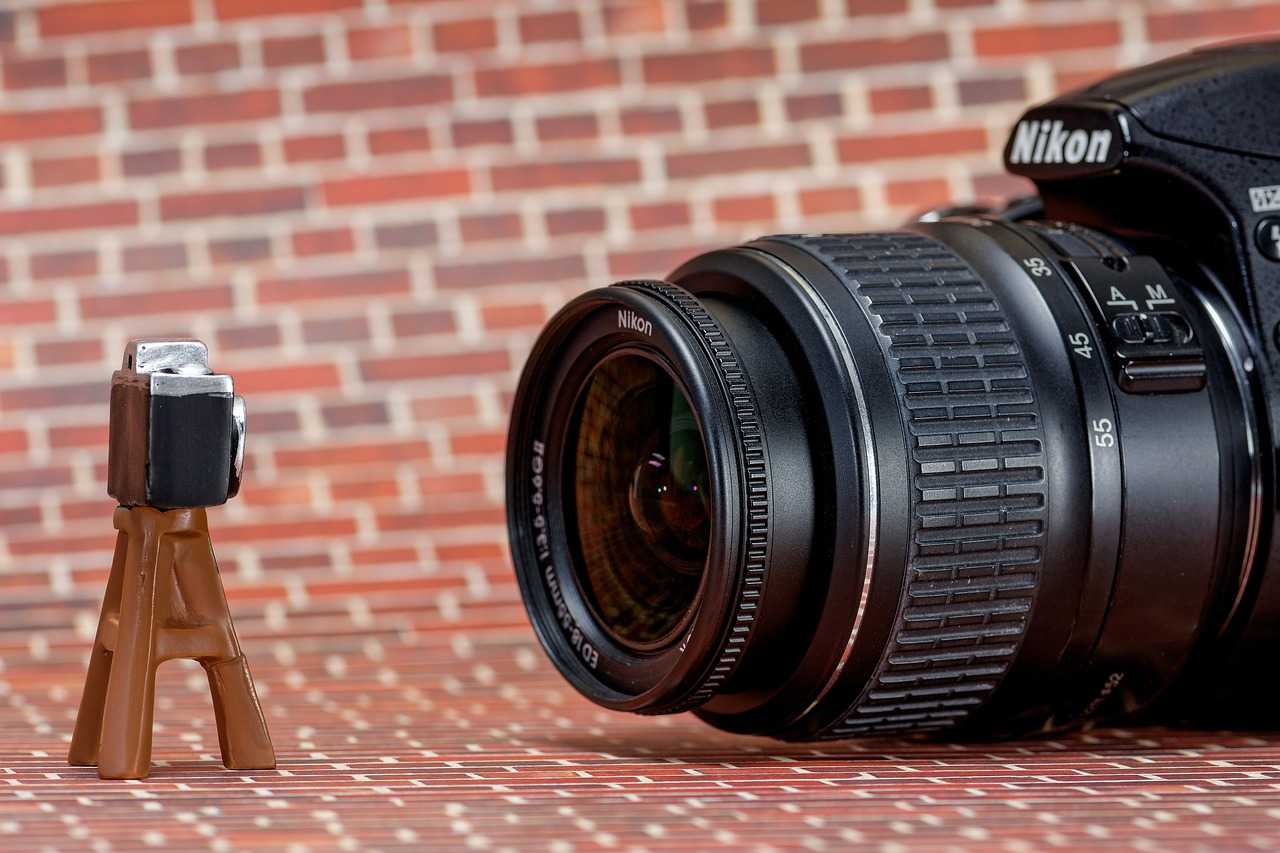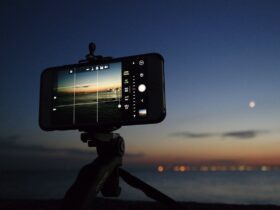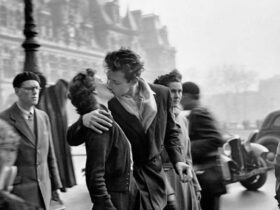The history of photography is full of innovations, among which the digital sensor stands out, the technology of modern reflex cameras
The ancestor of the first modern camera the Daguerreotype it was devised in 1839. From that date, photography is the protagonist of an evolution that continues to this day. The introduction of new photographic equipment has broadened the scenario in which photography has been able to continue its change and has provided photographers with new and increasingly refined shooting tools.
The history of photography, especially for a wedding photographer in Rome, is full of innovations and equipment that have seen the transition from very rudimentary tools to increasingly sophisticated and precise tools, from wooden supports to steel or magnesium alloy supports, from bulky shapes to miniaturizations. And last but not least, an epochal change was that of the transition from film-based cameras equipped with emulsion to cameras equipped with digital sensors.
The technology of modern reflex cameras: the digital sensor
The first digital prototype was designed in 1975 by an engineer from Kodak but it was only in 1981 that a digital camera was introduced there Sony Mavica which he used as a support for floppy disk. It leads back to Fuji DS-1P 1981, which first used a sensor CCD and storage of images on removable flash cards, the title of digital camera.
The functioning of the reflex and of digital cameras it does not differ much from traditional or film ones. For both systems, in fact, there is a shutter (which has gone from fully mechanical to electronic management), a diaphragm (contained in the lens) but differ in the support on which the image is impressed. For traditional (or analog) ones it is film, for digital cameras a sensore CCD (Charged Coupled Device) o CMOS (Complementary Metal Oxide Semiconductor).
In the CCD sensor the light is converted into digital data and this process occurs outside through a dedicated software, in the case instead of the CMOS, thanks to photodiodes which have their own amplifier e A / D converter, the conversion occurs directly inside the sensor. The sensor surface is made up of millions of infinitesimal elements (of the size of thousandths of mm or microns) which are photosensitive and are called pixel and which generate an electrical signal based on the amount of light detected. Chromatic interpolation according to Bayer process allows to obtain the exact color according to the electrical signal emitted by the millions of pixel of the digital sensor.
It will then be, subsequently, a image processor present in the machine body, to analyze and process all the signals of each pixel to compose the final image (Buffer).
Then, the image will be generated that will be derived from the conversion of the digital signal into a format usable by the end user through processing (CPU) of the electrical signals of the photodiodes amplified and converted into raw digital form (file raw) or in digital form (file jpeg).
Once created these files will be archived and saved by the camera itself on named media SD card (Secure Card) o CF (Compact Flash). Files that can then be printed or processed by the user through editing (Photoshop, Lightroom etc.)
Before the advent of digital, the image was impressed on the film and subsequently developed in the dark room with manual processing and printing.
The care of Attilio Di FIlippo | Wedding Photographer Rome.















